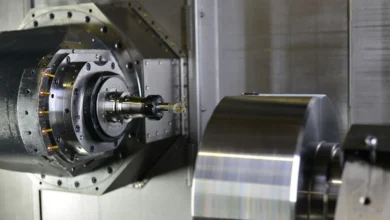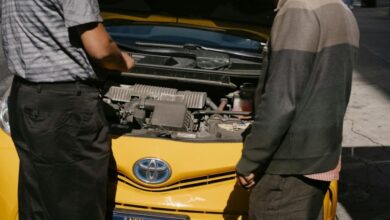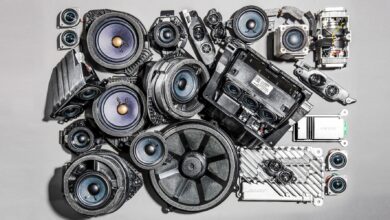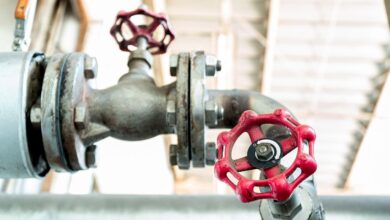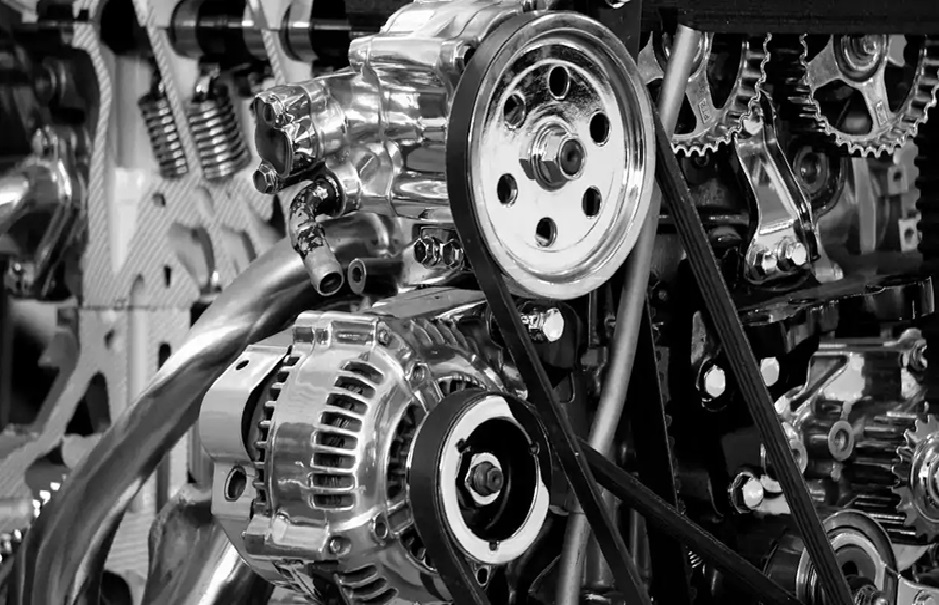
Top 8 CNC Machining Applications in the Automotive Industry
The automotive sector is changing quickly, and in order to remain competitive, manufacturers are putting a greater emphasis on accuracy, productivity, and innovation. One of the most important technological advancements for manufacturing intricate, high-quality vehicle components is CNC machining (Computer Numerical Control).
CNC machining guarantees accuracy, repeatability, and speed in the production process by automating the control of machining equipment.
This article explores the top 8 CNC machining applications in the automotive industry and how they drive advancements in vehicle manufacturing.
1. Engine Parts
Production of engine components is one of the most important uses of CNC machining in the automotive industry. To guarantee the best engine performance, engine blocks, cylinder heads, pistons, and crankshafts must all be made to precise specifications.
CNC machining allows manufacturers to achieve the tight tolerances required for these parts, ensuring that they fit together precisely and function efficiently. CNC machines’ accuracy also lessens the need for post-production changes, which saves money and time.
2. Transmission Systems
CNC turning is essential for producing transmission components, including gears, shafts, and housings. These parts must be highly durable and capable of withstanding intense mechanical forces, while still fitting perfectly within the transmission assembly.
CNC machines can create intricate gear designs with smooth surfaces, reducing friction and improving efficiency. By maintaining the exact specifications for each part, CNC machining ensures that the transmission operates smoothly and reliably over the vehicle’s lifespan.
3. Brake Systems
In the automotive industry, brake system components must meet stringent safety and performance standards. CNC machining plays a key role in manufacturing brake calipers, brake discs, and master cylinders with the precision necessary for consistent performance. Brake calipers.
For instance, require smooth surfaces and tight tolerances to ensure effective braking under high-pressure conditions. CNC machines are capable of producing these parts with minimal error, contributing to both safety and longevity in braking systems.
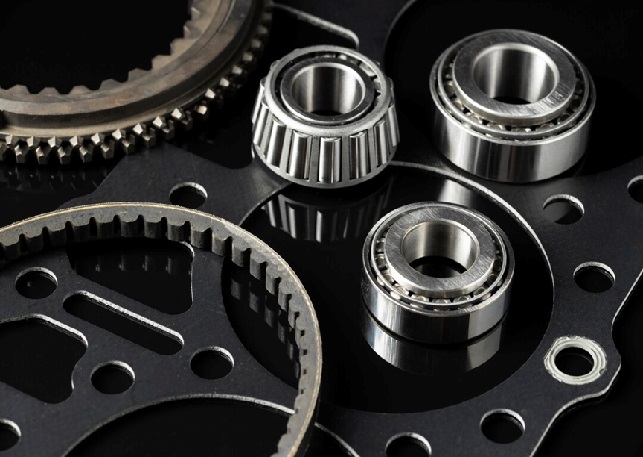
4. Suspension and Steering Components
CNC machining is heavily relied upon in the production of suspension and steering components. In order to guarantee the vehicle’s handling, stability, and overall ride quality, parts including tie rods, steering knuckles, and control arms are essential.
CNC machining allows for the creation of these complex, high-stress parts with precision, ensuring they are strong enough to handle the rigors of daily driving while maintaining vehicle control. The repeatability of CNC machining also ensures consistency in part quality across large production runs.
5. Prototyping and Design Validation
Before full-scale production begins, automotive manufacturers rely on CNC machining for rapid prototyping. Engineers can evaluate fit, functioning, and design of new parts using these precisely engineered prototypes before moving forward with mass manufacturing.
Manufacturing companies may efficiently develop designs and make required revisions by using CNC machines, which can generate prototypes from a variety of materials swiftly. By using CNC machining for prototyping, companies can reduce development times and ensure that final products meet all performance criteria.
6. Interior and Aesthetic Components
Although the manufacturing of interior and decorative components depends heavily on CNC machining, it is also frequently linked with mechanical parts. Dashboard panels, air vents, door handles, and gear knobs are just a few examples of the interior elements that can be precision-crafted using CNC machines.
These parts require a high level of detail and a smooth surface finish, which CNC machines are well-suited to provide. In addition, CNC machining allows for the customization of these components, enabling automakers to create bespoke interiors tailored to specific vehicle models.
7. Electric Vehicle (EV) Parts
As electric vehicles (EVs) gain popularity, CNC machining has become indispensable in the production of EV components. Powertrain parts, battery housings, and electric motor enclosures need to be strong, lightweight, and able to handle heat strains.
CNC machining excels at creating parts with the necessary precision and strength for EV applications. Aluminum and magnesium are often used in EV parts, and CNC machines can effectively work with these materials to produce high-performance components that contribute to the overall efficiency of the vehicle.
8. Chassis and Structural Components
CNC machining is also used to produce chassis and structural components that form the backbone of the vehicle. These parts, including crossmembers, subframes, and brackets, must be both strong and lightweight to ensure the vehicle’s structural integrity while minimizing overall weight.
CNC machining enables the production of intricate designs with thin walls and optimized geometries, resulting in parts that are both strong and lightweight. This is particularly crucial for contemporary car designs, as weight reduction is essential for increasing vehicle performance and fuel economy.

